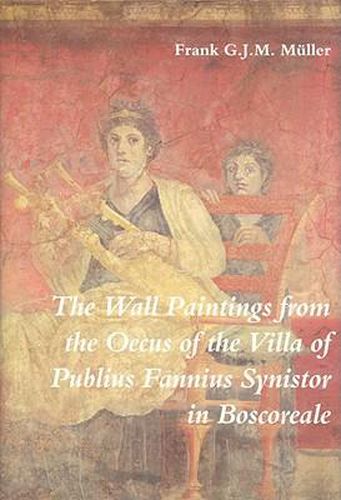Readings Newsletter
Become a Readings Member to make your shopping experience even easier.
Sign in or sign up for free!
You’re not far away from qualifying for FREE standard shipping within Australia
You’ve qualified for FREE standard shipping within Australia
The cart is loading…






The cycle of frescoes from the oecus or banqueting hall in the Villa of Publius Fannius Synistor in Boscoreale is generally interpreted as a portrait gallery of a Hellenistic dynasty. The iconological study presented in this volume offers historical and art-historical arguments against this supposition. On the basis of a meticulous iconographic analysis, the author arrives at an entirely new interpreta-tion. He demonstrates that the individual panels of which the fresco cycle is composed are not unica, as was hitherto assumed, but that they belong to an iconographical tradition which has left traces elsewhere in ancient art. On the basis of this new interpretation, the author comes to the conclusion that the fresco cycle from the Villa of Fannius was intended as an eloquent testimony to the cultural aspirations of a well-to-do Roman from the middle of the first century B.C.
$9.00 standard shipping within Australia
FREE standard shipping within Australia for orders over $100.00
Express & International shipping calculated at checkout
The cycle of frescoes from the oecus or banqueting hall in the Villa of Publius Fannius Synistor in Boscoreale is generally interpreted as a portrait gallery of a Hellenistic dynasty. The iconological study presented in this volume offers historical and art-historical arguments against this supposition. On the basis of a meticulous iconographic analysis, the author arrives at an entirely new interpreta-tion. He demonstrates that the individual panels of which the fresco cycle is composed are not unica, as was hitherto assumed, but that they belong to an iconographical tradition which has left traces elsewhere in ancient art. On the basis of this new interpretation, the author comes to the conclusion that the fresco cycle from the Villa of Fannius was intended as an eloquent testimony to the cultural aspirations of a well-to-do Roman from the middle of the first century B.C.